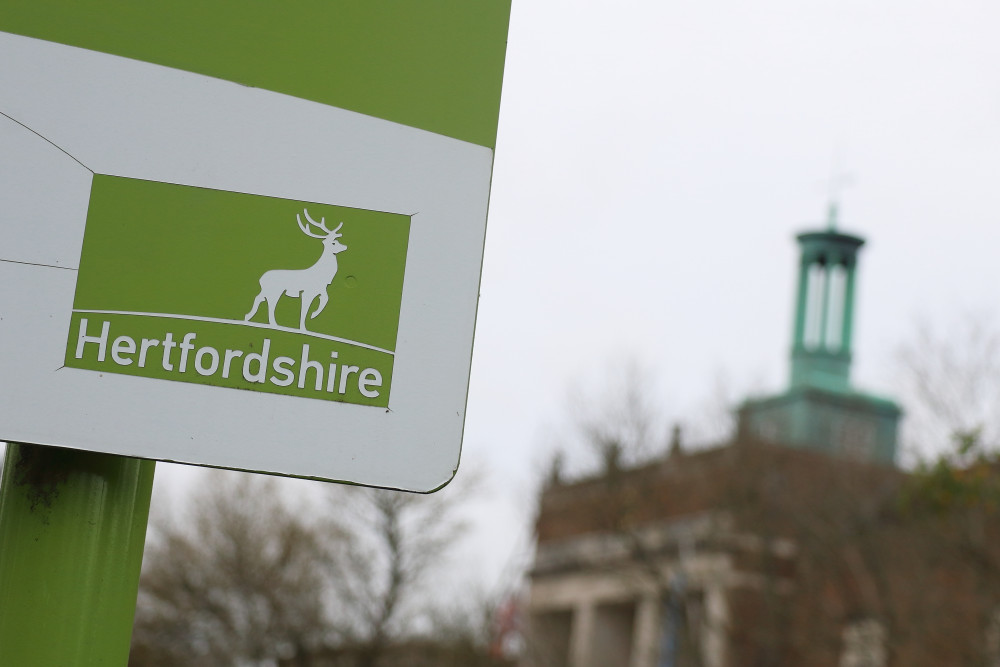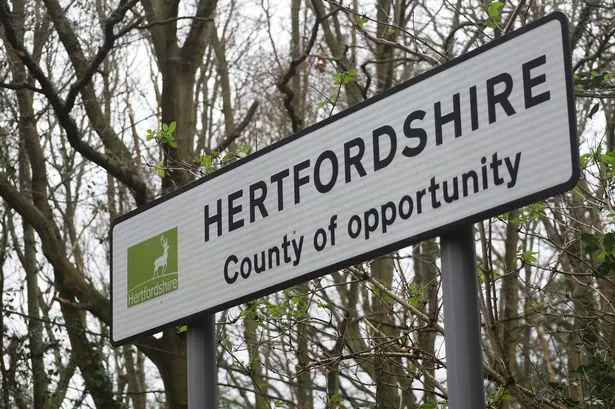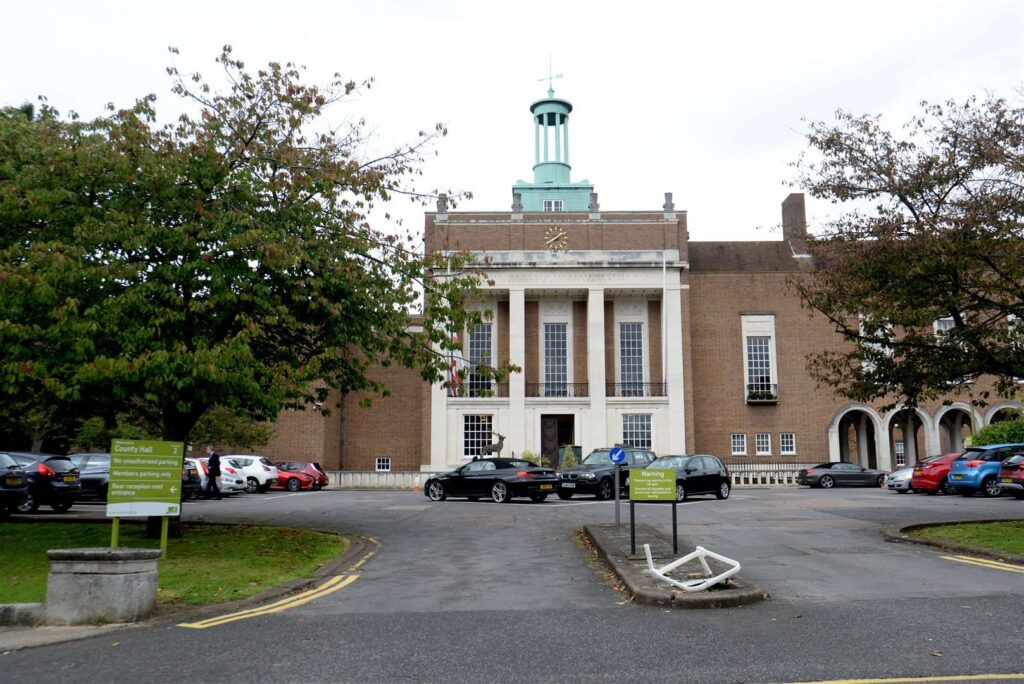Nestled in the heart of England, Hertfordshire County Council stands as a beacon of local governance, entrusted with the multifaceted responsibilities of overseeing the welfare and development of its vibrant communities.
Founded under the auspices of the Local Government Act of 1888, the Council has evolved over the years to become a cornerstone of public service delivery, catering to the diverse needs of its residents across urban centers, rural landscapes, and suburban enclaves alike.
How did Hertfordshire County Council originate and evolve over time?

Hertfordshire County Council, like many local government bodies in the United Kingdom, has a rich history that spans centuries. Here’s a brief overview of its origins and evolution:
Local Administration Before County Councils
Before the establishment of county councils in the late 19th century, local administration in England was managed by a patchwork of parish, borough, and county governments.
However, there was a growing recognition of the need for more cohesive and coordinated governance at the county level to address issues such as infrastructure, public health, and education.
Formation of County Councils
The Local Government Act of 1888 marked a significant shift in local governance in England and Wales. It established elected county councils for the first time, charged with responsibilities such as highways, education, and social services. Hertfordshire County Council was thus formed in 1889 as one of these new administrative bodies.
Early Years
In its early years, Hertfordshire County Council focused on establishing its administrative structures, defining its areas of responsibility, and providing essential services to the county’s residents.
This period saw the development of infrastructure such as roads and bridges, as well as initiatives to improve public health and education.
20th Century Developments
Throughout the 20th century, Hertfordshire County Council adapted to changing social, economic, and political circumstances.
This period witnessed expansions in the council’s role, including increased involvement in areas such as housing, social care, and environmental protection.
The council also responded to challenges such as wartime conditions, post-war reconstruction, and the demands of a growing population.
Modernization and Reform
Like other local authorities in the UK, Hertfordshire County Council has undergone various rounds of modernization and reform in response to shifting governmental priorities and legislative changes.
This has involved initiatives to improve efficiency, increase accountability, and better meet the needs of residents in an evolving society.
Contemporary Challenges
In recent years, Hertfordshire County Council, like many local authorities, has faced challenges such as budget constraints, demographic shifts, and the need to adapt to new technologies and ways of working.
The council continues to work to deliver essential services, promote economic growth, and enhance the quality of life for the people of Hertfordshire.
What is the organizational structure of Hertfordshire County Council?

The organizational structure of Hertfordshire County Council is typical of many local government authorities in the UK. It consists of several key elements:
Council Members
Hertfordshire County Council is made up of elected councillors who represent the residents of the county. These councillors are elected by local residents in regular elections, typically held every four years.
They form the decision-making body of the council and are responsible for setting policies, approving budgets, and overseeing the delivery of services.
Council Leadership
The council is led by a group of councilors who hold leadership positions such as the council leader, deputy leader, and cabinet members. These individuals are typically members of the majority political party or coalition within the council and are responsible for setting the overall direction of the council, making key decisions, and representing the council to the public and other stakeholders.
Committees and Subcommittees
Hertfordshire County Council operates through a system of committees and subcommittees, which are responsible for scrutinizing specific areas of council business in detail.
These committees cover a wide range of functions, including finance, education, social services, planning, and transportation.
They play a vital role in holding the council to account and ensuring transparency and accountability in decision-making.
Departments and Directorates
The day-to-day operations of Hertfordshire County Council are carried out by various departments and directorates, each responsible for specific service areas.
These may include departments for education, social care, highways, housing, environment, and leisure services. Each department is headed by a director or senior officer who oversees the delivery of services, manages staff, and implements council policies within their area of responsibility.
Staff
Hertfordshire County Council employs a diverse workforce to deliver services and support the functioning of the council. This includes frontline workers such as teachers, social workers, and highway maintenance staff, as well as administrative and support staff who work in areas such as finance, human resources, and IT.
What are the responsibilities and functions of Hertfordshire County Council?
Hertfordshire County Council, like other local government authorities in the UK, has a wide range of responsibilities and functions. The council is responsible for ensuring the provision of education services to children and young people in the county, including managing schools and overseeing education standards.
Additionally, it provides a range of social care services to support vulnerable individuals and families, including children, adults with disabilities or mental health needs, and older people. The council also manages and maintains the road network in the county, including roads, pavements, bridges, and street lighting, and oversees public transportation services.
It plays a role in the planning and development process, working with local planning authorities to shape the future growth and development of the county. Furthermore, the council is responsible for public health initiatives, waste management and recycling services, libraries, cultural facilities, leisure opportunities, and emergency planning and civil protection.
Overall, Hertfordshire County Council works to deliver these services efficiently and effectively, in partnership with other local authorities, public sector organizations, community groups, and businesses in the county.
How does Hertfordshire County Council manage its budget and finances?

Hertfordshire County Council manages its budget and finances through a comprehensive process that involves planning, allocation, monitoring, and reporting. Here’s an overview of how the council manages its budget:
Budget Setting
The process typically begins with the council setting its budget for the upcoming financial year. This involves assessing the revenue it expects to receive from sources such as central government grants, council tax, business rates, fees, and charges.
The council also considers its expenditure requirements, including the cost of delivering services, staff salaries, infrastructure projects, and other commitments.
Prioritization and Allocation
Once the total budget is determined, the council prioritizes spending based on its strategic objectives, statutory responsibilities, and the needs of the community.
This may involve allocating funds to key service areas such as education, social care, highways, and public health, as well as to investment projects and reserves for contingencies.
Consultation and Engagement
Hertfordshire County Council typically engages with residents, businesses, and other stakeholders during the budget-setting process to gather feedback, identify priorities, and ensure transparency and accountability.
This may include public consultations, surveys, meetings, and other forms of engagement to involve the community in decision-making.
Monitoring and Control
Throughout the year, the council closely monitors its financial performance to ensure that spending remains within budget and that resources are used effectively and efficiently.
This involves regular reviews of income and expenditure, forecasting future financial position, identifying any variances or potential overspends, and taking corrective action as necessary.
Financial Reporting
Hertfordshire County Council prepares and publishes financial reports to provide transparency and accountability to stakeholders.
These reports typically include the council’s annual statement of accounts, budgetary information, financial performance updates, and explanations of significant variances or changes in financial position.
The council may also present financial information to council members, committees, and the public through meetings, presentations, and other communication channels.
Long-Term Financial Planning
In addition to managing the annual budget, Hertfordshire County Council engages in long-term financial planning to ensure its financial sustainability and resilience.
This may involve forecasting future revenue and expenditure, assessing the impact of demographic trends, policy changes, and economic factors, and developing strategies to address future challenges and opportunities.
Final Words
Hertfordshire County Council plays a crucial role in governing the local area. Throughout its history, the council has evolved to meet the changing needs of the community. With a clear organizational structure and diverse range of responsibilities, it oversees vital services such as education, transportation, and social welfare.
Budget management is key to funding these services and planning for the future. Despite challenges, the council’s impact on the community is significant, driving economic development, supporting social welfare, and promoting environmental sustainability. Looking ahead, strategic goals and planning will guide the council towards continued success in serving the people of Hertfordshire.
